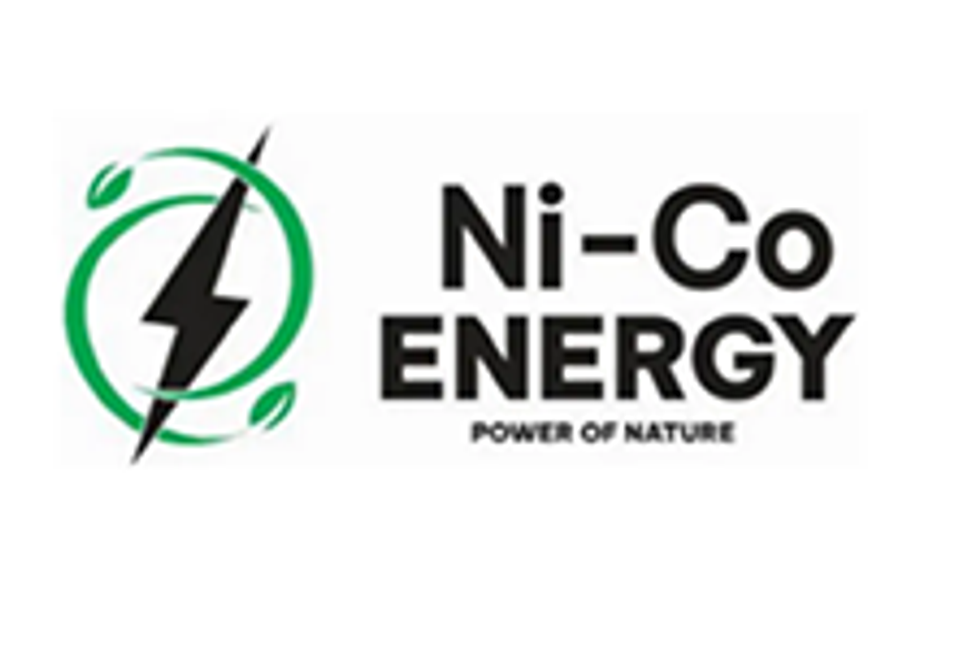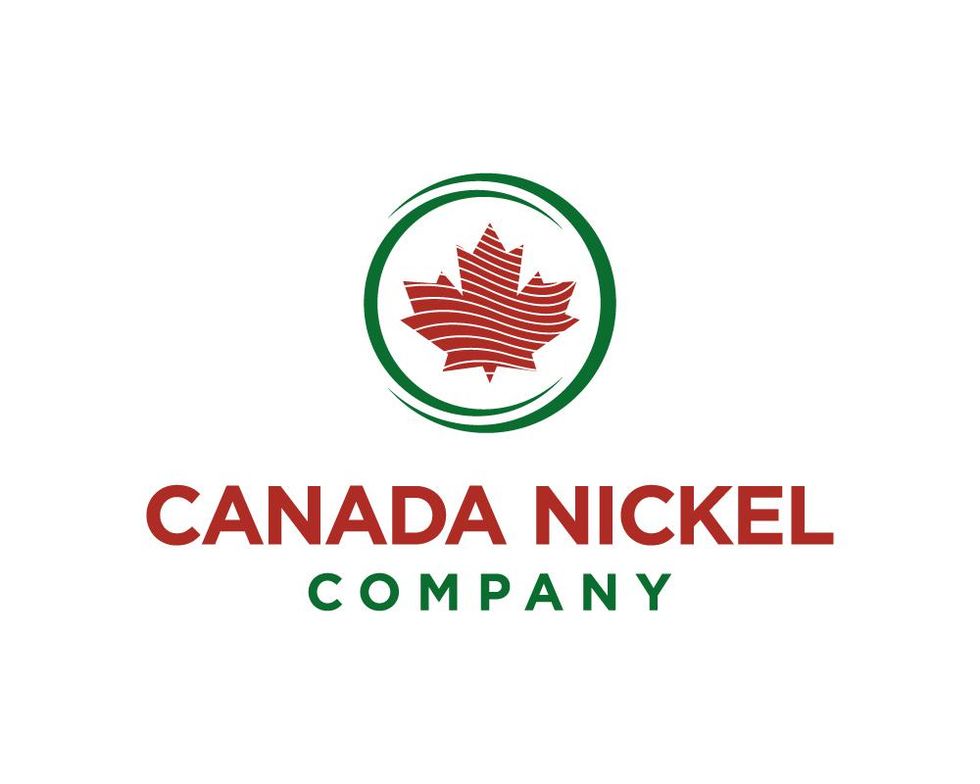ESG in Nickel Mining: Key Factors to Consider
What are the key ESG factors to consider when looking at nickel mining today? Read on to learn more.

Nickel prices have been on the rise in the past year, in part due to positive investor sentiment about the future of the metal in electric vehicle (EV) batteries.
The base metal is mainly used in stainless steel, which remains a key demand driver. That said, demand from the battery segment is expected to surge, and as governments continue to set decarbonization goals, the nickel industry’s environmental, social and governance (ESG) credentials are receiving more and more attention.
Just a couple of years ago, Tesla (NASDAQ:TSLA) CEO Elon Musk called for more nickel to be mined in an efficient and environmentally sensitive way, a request that put a focus on the challenges the industry will face in the coming years to be able to supply the needs of a growing EV industry.
What has changed since then, and what are the key ESG factors to consider when looking at nickel mining?
ESG in nickel mining: Producing sustainable nickel
As the world moves toward green energy, the need for lithium-ion batteries for use in EVs and energy storage systems will only continue to increase.
Nickel is a key element in nickel-cobalt-aluminum (NCA) and nickel-cobalt-manganese (NCM) cathodes, which favor nickel over other metals because of its energy density. Even though NCA and NCM are not the only types of cathodes used in batteries, they currently have a large market share.
Companies focused on nickel mining face scrutiny from investors across the entire ESG spectrum, according to Dominic Wells of Wood Mackenzie. However, the most pressing issues are predominantly environmental in nature.
“Carbon dioxide (CO2) emissions, land use and tailings disposal are the issues most often brought up by stakeholders,” he told the Investing News Network (INN).
Concerns over carbon emissions are common across the nickel sector. To illustrate why, consider that 2020 copper production was eight times larger than nickel production, but in terms of emissions, they were nearly equal.
“If we think about the future, thanks to the fact that nickel is electricity intensive, the more we decarbonize power networks, the less polluting nickel is going to be,” Marta Dec of CRU Group told INN. However, the expert added, a lot of nickel comes from Indonesia, a jurisdiction that doesn't have a net zero plan by 2050.
“So in the short to mid term, the average tonnes of CO2 per tonne of nickel do not actually see a very large decline,” she added. "Actually, you could almost say it's flat to a slight increase."
Indonesia is the largest producer of the metal, but the Philippines and Russia both account for a significant amount of nickel as well, and Australia and Brazil have reserves rivaling those of Indonesia.
Nickel ore exists in the Earth’s crust in two main deposit types: laterite and sulfide. Sulfide deposits are found very deep in the crust, making extraction difficult. In contrast, laterite deposits are near the surface and thus are conducive to open-pit mining.
Wells highlighted that in the nickel sulfate sector, there is a clear contrast between production routes originating at high-CO2 laterite ore deposits and lower-CO2 sulfide ore deposits. Nickel sulfate is the key material used to produce cathodes for lithium-ion batteries.
“The reasons for this are the higher emissions from greater energy consumption and reagent use in high-pressure acid leach laterite processors, as well as the fact that sulfide-based producers benefit from by-product credits (i.e., platinum-group metals, copper, etc.) offsetting their CO2 emissions for nickel sulfate production,” he explained.
When evaluating the ESG credentials of nickel deposits, carbon emissions are an important issue, but they are only part of the story. And since not all nickel is created equal, concerns are different depending on the type of project.
Sulfide projects
Looking at sulfide projects, particularly new ones, one of the first pressing issues is that they are very low grade, CRU's Dec told INN. In fact, compared to the existing sulfide mines, they are three times lower grade on average.
“The low grades is not the only problem,” she explained. "Very often, they are also lower recovery, which means that for every 1,000 tonnes of ore, you get less metal. But on top of it, what you get is a lot more waste because of the lower recovery and the lower grades."
Alongside this, there is also a lot of focus on the best standards for waste disposal.
“Then you have the tailings,” Dec said. “And now it's pretty much understood, and particularly for mines in Canada, that they must use the best available technology for tailings, which is dry stacking.” Dry stacking has its own associated operational costs, which need to be considered when discussing ESG, the analyst added.
Another point to consider when looking at the new sulfide projects is that lower grades often mean higher volumes. “That also means that you need a lot more trucks to be hauling. And then again more trucks, if they are not electric, means more fuel, which in turn means more emissions of Scope 1,” Dec said. “And so this is a challenge that of course pushes large open-pit mines towards electrification.”
Laterite projects
Laterite projects have a slightly different set of problems than sulfide projects. When thinking about laterite, attention tends to fall on Indonesia, where most growth is expected to come from nickel pig iron (NPI), although growth from high-pressure acid leach is becoming more and more important.
“The emissions associated with producing ferronickel and NPI are thought to be significant given the high volumes of coal fuel used in rotary kiln electric furnaces and smelting activities,” Wells said.
Waste is another pressing issue for laterite deposits, as there’s a need for dry stacking, with Indonesia not having enough space to dispose of those tailings.
The use of laterite for nickel production comes with a high portion of iron in each tonne of ore. “If we decide to use those laterites, that means we are disregarding the iron part and putting it straight to waste,” Dec said.
For Wells, land disturbance at nickel laterite mines is also a key challenge.
“Given the extensive near-surface nature of these deposits and the fact that they occur in predominantly tropical biomes, these operations will have a higher impact on local biodiversity than sulfide operations,” Wells said.
ESG in nickel mining: Key factors to watch
According to Wells, when assessing the ESG impact of an operation, investors should consider its downstream and upstream impact and not just confine analysis to the impact of a single component.
“More importantly is to take care to not conflate multiple ESG metrics which do not measure the same cradle to gate. This refers to the boundaries in which the analysis is taking place,” the senior analyst said.
The “cradle” refers to the mine site, and the “gate” to the final production stage of a refined commodity. In nickel, that would mean a nickel mine to a refinery producing nickel sulfate.
“Estimating the CO2 impact of a mining operation producing an unrefined mineral concentrate should not be compared with the CO2 impact of a mine and refinery producing a higher-grade, more refined product,” said Wells.
Based on the prevailing demand in this sector for Class I material and mixed hydroxide product feedstocks, Wood Mackenzie estimates that total emissions will reach approximately 18 million tonnes of CO2 by the year 2030. This only includes direct emissions from on-site sources (Scope 1) and emissions from purchased electricity (Scope 2).
For Dec, one important aspect investors should consider when evaluating a project is its access to power.
“Because of nickel’s energy intensity per tonne of metal, power is just extremely crucial,” she said. “I think the second thing is the mine plan — it's really quite important to understand the reserves that that nickel operation has and the mine plan in the long term.”
Looking ahead, as demand for the base metal increases, scrutiny of ESG credentials is expected to rise in tandem.
“With governments introducing various legislation to hit emissions targets, in the future it is likely we’ll see price penalties associated with importing nickel products into certain markets and regions,” Wells said.
The expert pointed to the EU, which is developing its battery passport scheme and carbon border adjustment mechanism. These initiatives are designed to force companies to lower the CO2 impact of their products and will extend to the steel and electronics sectors.
“While this may concern some producers, it presents opportunities for producers to sell material at premiums due to the lower embedded CO2 emissions,” Wells said. “Some sectors, including nickel, are already seeing carbon-neutral commodities introduced to the market with an aim to achieve higher prices.”
However, the expert warned that care should be taken to ensure these commodities are audited appropriately.
Commenting on the biggest opportunities ESG brings to junior miners, Dec said a major aspect is changing process flows. “I think that for all base metals, we have to abandon this attitude of, ‘We've always done it this way,’ and start taking risks in terms of technology,” she said.
Don’t forget to follow us @INN_Resource for real-time news updates.
Securities Disclosure: I, Priscila Barrera, hold no direct investment interest in any company mentioned in this article.
Editorial Disclosure: The Investing News Network does not guarantee the accuracy or thoroughness of the information reported in the interviews it conducts. The opinions expressed in these interviews do not reflect the opinions of the Investing News Network and do not constitute investment advice. All readers are encouraged to perform their own due diligence.






